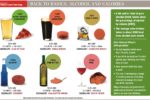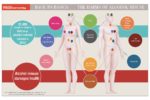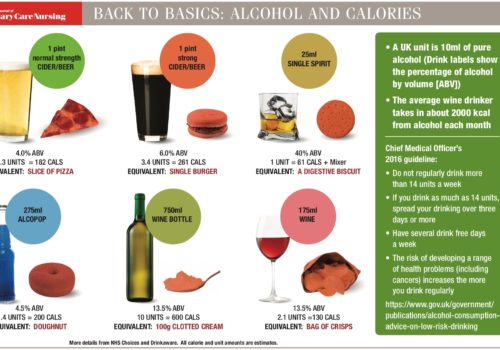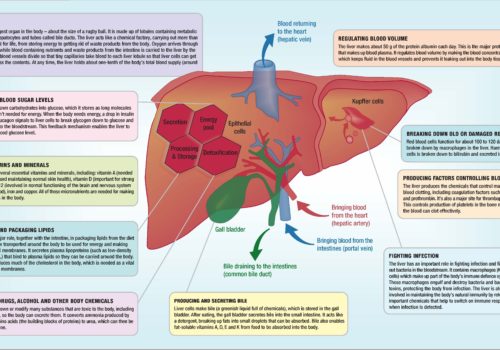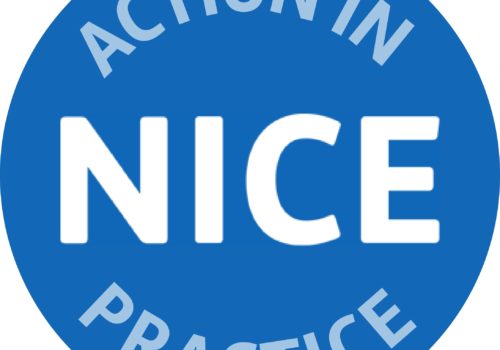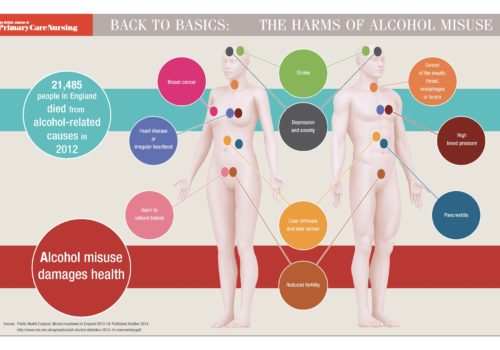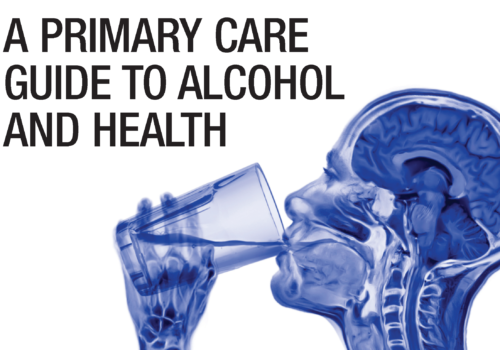This month’s Back to Basics feature is a useful wallchart showing estimates of alcohol content and calorie counts of typical alcoholic drinks. Many people forget the considerable calorific content of drinks and are unaware of how much pure alcohol they are consuming. Having these facts to hand are useful for the patients we see in practice and for our own healthy living!



